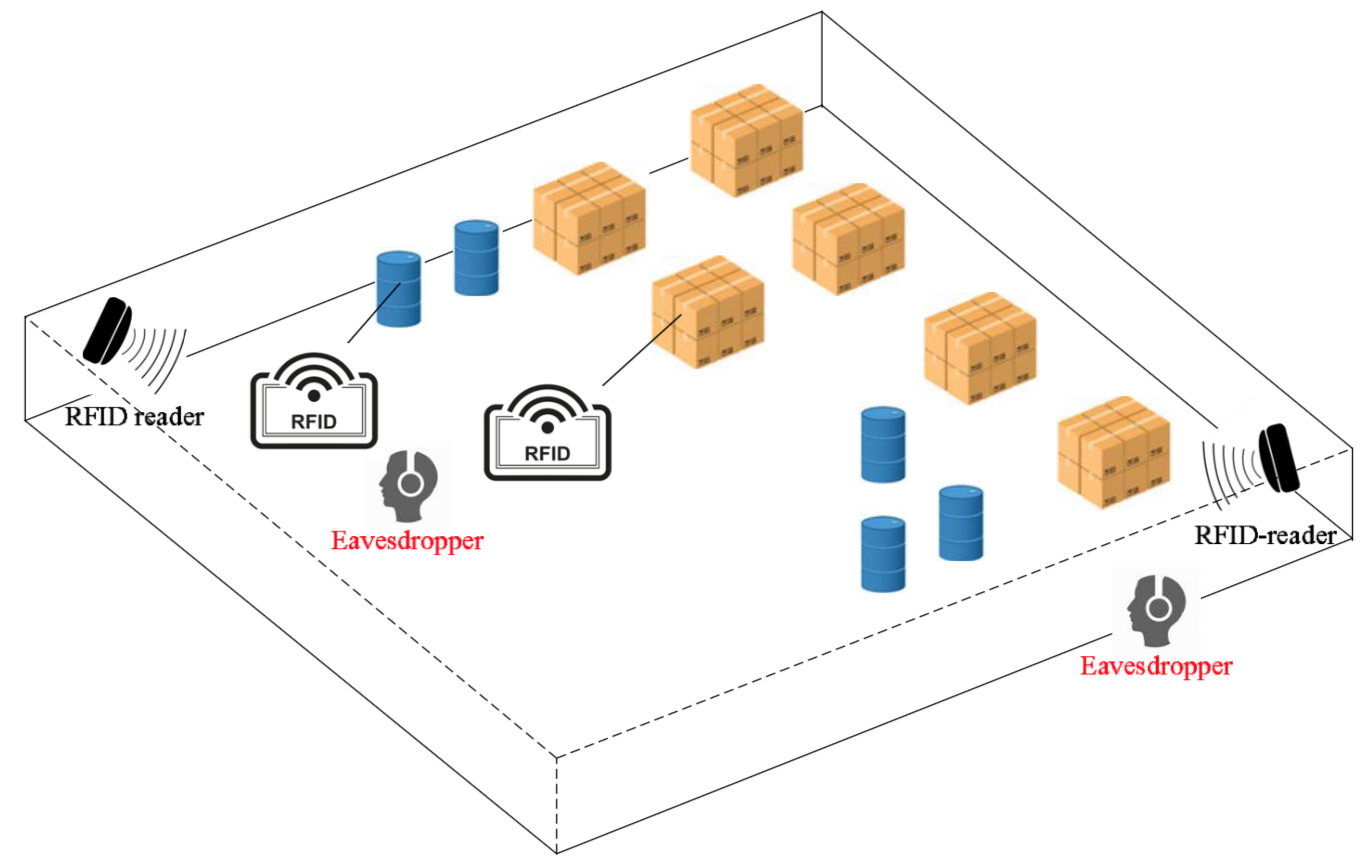An Analytical Study on Eavesdropping Attacks in Wireless Nets of Things
The security of Internet of Things (IoT) has received extensive attention recently. This paper presents a novel analytical model to investigate the eavesdropping attacks in Wireless Net of Things (WNoT). Our model considers various channel conditions, including the path loss, the shadow fading effect, and Rayleigh fading effect. Besides, we also consider the eavesdroppers in WNoT equipped with either omnidirectional antennas or directional antennas. Extensive simulation results show that our model is accurate and effective to model the eavesdropping attacks in WNoT. Besides, our results also indicate that the probability of eavesdropping attacks heavily depends on the shadow fading effect, the path loss effect, Rayleigh fading effect, and the antenna models. In particular, we find that the shadow fading effect is beneficial to the eavesdropping attacks while both the path loss effect and Rayleigh fading effect are detrimental. Besides, using directional antennas at eavesdroppers can also increase the eavesdropping probability. Our results offer some useful implications on designing antieavesdropping schemes in WNoT.


Leave a Reply